What can cause red skin?
Last reviewed
In this article, we discuss several possible reasons for skin redness and when a person should see a doctor.
Sunburn
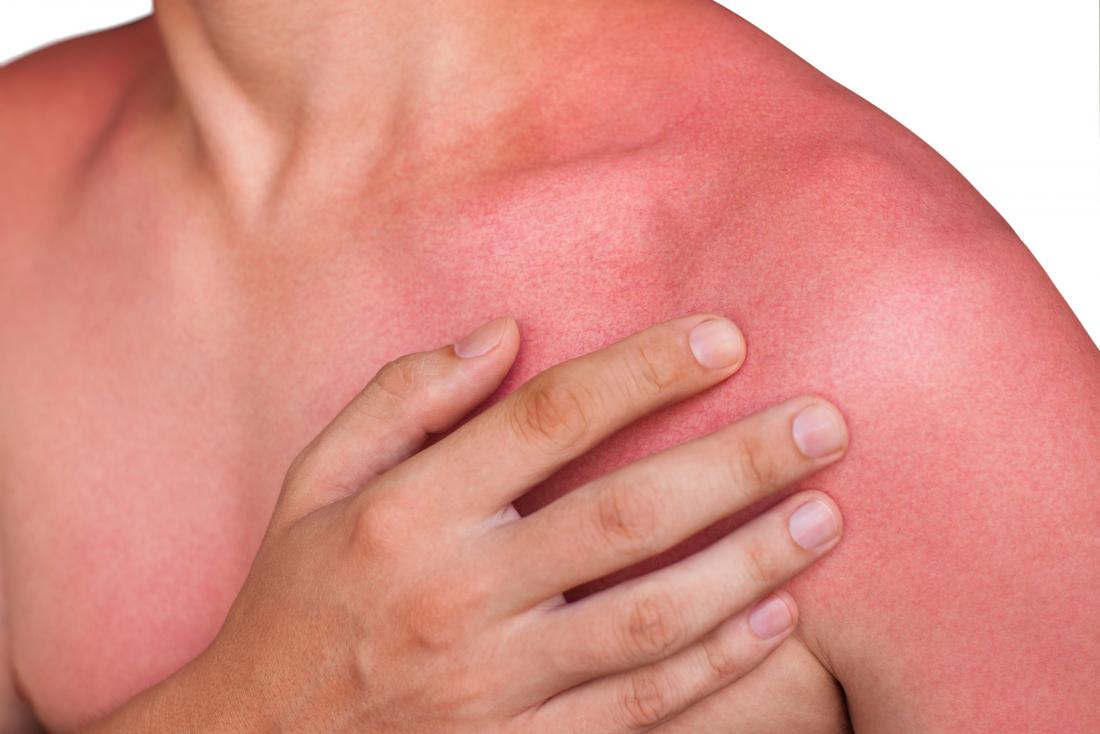
Ultraviolet rays from the sun cause skin damage.
Sunburn is a common cause of red skin and typically results from spending too much time in the sun without adequate protection. The ultraviolet rays from the sun damage the skin, which turns red as the body directs more blood to the affected area to repair the damage.
Other symptoms can include:
- tenderness
- blisters
- itching
- skin peeling
Other burns
There are many other ways, aside from sunburn, that a person's skin can become burned. Examples include:
- Thermal burns. These can occur when the skin comes into contact with something hot, such as flames, steam, and hot liquids
- Chemical burns. Exposing the skin to strong or irritating chemicals, such as bleaches, acids, and detergents can cause a chemical burn.
- Electrical burns. These can occur if a strong electrical current, such as from an exposed wire, reaches the skin.
- Friction burns. When the skin repeatedly rubs against a rough surface or material, it can cause a friction burn.
- Radiation burns. Radiation exposure can damage the skin, causing burns. For example, burns can be a side effect of radiation therapy for cancer.
Any of these types of burns can cause the skin to turn red.
Doctors class burns according to their severity:
- First-degree burns are the mildest and usually consist of skin redness.
- Second-degree and third-degree burns are more serious and damage multiple layers of skin.
- Fourth-degree burns are the most severe and can affect the bones and muscles below the skin.
Dermatitis
Dermatitis, or eczema, refers to a group of inflammatory skin conditions. These conditions typically cause red, itchy patches of skin where inflammation has happened.
Some common types of dermatitis are:
- Contact dermatitis. This form of dermatitis occurs when the skin comes into direct contact with an irritant or allergen that causes an itchy rash.
- Atopic dermatitis. Also known as atopic eczema, this is a long-term form of dermatitis that often affects children.
- Seborrheic dermatitis. This is another long-term form of dermatitis that mainly develops on the scalp, but can occur on other parts of the body where there are a lot of oil-producing glands, such as the face and chest. It is also known as dandruff, and in babies, it is called cradle cap.
Dermatitis can cause a range of other symptoms, including:
- fluid-filled blisters
- hives, which form an itchy, swollen, red rash
- dry, scaly, or bumpy skin
- flaky skin
- other skin color changes
Heat rash
Heat rash is when the skin becomes irritated from hot or humid conditions. The outbreak consists of red, itchy patches of skin with clusters of small, raised pimples. These patches can be uncomfortable and may cause a stinging or prickly sensation.
Heat rashes often develop in areas where the skin folds and so skin-on-skin contact occurs, such as in the groin area or elbow creases.
Folliculitis
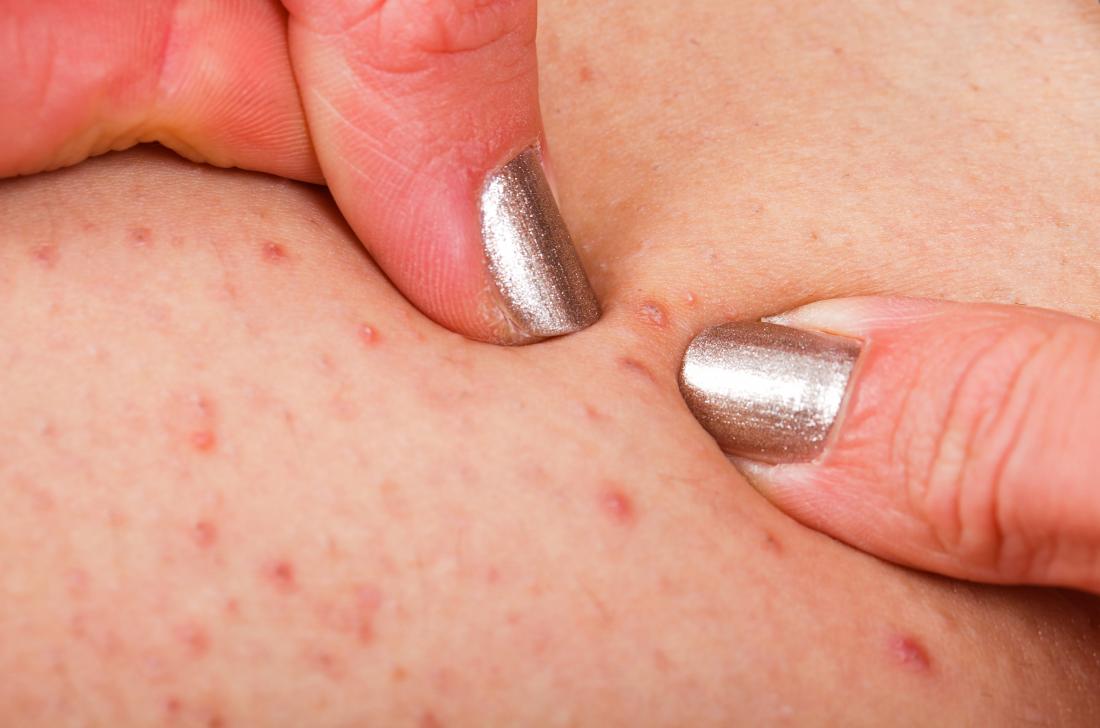
Folliculitis causes the hair follicles in the skin to become inflamed.
Folliculitis is a common condition where hair follicles in the skin become inflamed. The inflammation is often the result of a bacterial or fungal infection.
Folliculitis causes small clusters of red bumps to appear around the affected follicles, which may be itchy. The area can become tender, and pus-filled blisters may develop.
Rosacea
Rosacea is a common condition that causes long-term redness of the skin, typically on the face. The condition usually begins with flushing, which is when the skin temporarily appears red.
These episodes of flushing may last for longer periods of time as rosacea progresses and can become permanent. Others symptoms can include spots and burning or stinging sensations in the affected areas.
Psoriasis
Psoriasis is a long-term condition that causes an overproduction of new skin cells, resulting in red, dry, crusty patches of skin with silvery scales.
These patches tend to develop on the elbows, knees, or scalp but can appear anywhere on the body. The symptoms of psoriasis tend to come and go in cycles.
Shingles
Shingles is a viral infection that causes a red rash or blisters on the skin. The rash typically appears on the trunk but can affect any part of the body, including the face and eyes.
Shingles usually begins with a burning or tingling sensation, which can be very painful in some cases. Fluid-filled blisters can also appear, often on just one side of the body.
Only people who have previously had chicken pox can develop shingles.
Lupus
Lupus is a chronic condition where the immune system mistakenly attacks the body's organs and tissues.
The condition can affect any part of the body, including the skin. Some people with lupus develop rashes on the face, neck, and scalp. These are typically butterfly-shaped areas of reddened, swollen skin.
Drug allergies
Some people can experience an allergic reaction after taking certain medications, such as:
- penicillin and other antibiotics
- epilepsy medications
- nonsteroidal anti-inflammatory drugs, such as aspirin and ibuprofen
- chemotherapy drugs
Drug allergies can cause:
- skin rashes
- hives
- itching
- skin swelling
In severe cases, a drug allergy can cause anaphylaxis, which is a life-threatening condition.
Symptoms of anaphylaxis may include:
- breathing difficulties
- dizziness
- rapid heartbeat
- confusion
- loss of consciousness
Call the emergency services or seek immediate medical attention for any signs of anaphylaxis.
Cellulitis

If a person does not receive treatment, cellulitis can lead to severe complications.
Cellulitis is a skin infection that can become severe if a person does not receive rapid treatment.
Cellulitis occurs when bacteria infect deep layers of the skin and causes the area to become red, swollen, tender, and often warm to touch.
Cellulitis can also cause fever-like symptoms, sometimes before the skin becomes affected. These symptoms can include:
If left untreated, cellulitis can lead to severe complications, such as a blood infection.
Scarlet fever
Scarlet fever is a contagious bacterial infection that typically affects infants and children. The infection causes a pinky-red rash that can feel rough. The rash usually starts on the chest but can spread to other areas of the body.
Other symptoms of scarlet fever include:
- red, sore throat
- high temperature
- discolored, bumpy tongue
- swelling of the neck
- headache
- muscle aches
- nausea and vomiting
- abdominal pain
When to see a doctor
It is not always necessary to see a doctor for skin redness. For example, a person can treat mild cases of sunburn at home by applying moisturizers and drinking plenty of fluids.
However, some causes of red skin do require medical attention. Contact a doctor if the rash:
- does not go away after several days
- covers large areas of the body
- occurs alongside a fever
- appears suddenly and spreads quickly
- begins to blister
- becomes painful
- show signs of infection, such as feeling warm or producing pus or other fluids
Takeaway
There are many possible causes of skin redness, ranging from burns to allergic reactions and infections.
People should see a doctor for red skin that lasts more than a few days or keeps reoccurring. Also, they should seek medical advice for rashes that are extremely painful or occur alongside more severe symptoms.
Some skin conditions are long-term with symptoms returning in cycles. Treatment for these conditions may be lifelong and can involve both medications and lifestyle changes.
RELATED COVERAGE
Are breast rashes related to cancer?A wide range of conditions can trigger a rash, and many are harmless. Rashes on the breast, however, can occasionally indicate two types of cancer. Here, we examine the link to cancer, explore other causes, and discuss when to see a doctor. Learn more about rashes on the breast and associated complications here.READ NOW
How do you get rid of a butt rash?A butt rash is common in babies, but adults can get them too. They have many causes, and sometimes the rash is accompanied by an itchy or painful feeling. Treatment depends on the type of rash, but most respond well to home remedies. Learn more about the most effective home remedies and how to prevent butt rashes here.READ NOW
Common skin rashes: Pictures, causes, and treatmentsRashes can appear similar while pointing to a wide range of health problems. It is important to be able to identify different types of rash and when to follow up with a doctor. This article looks at a variety of skin rashes, including eczema, hives, and psoriasis, as well as possible triggers and treatments.READ NOW
What's to know about skin cancer and rashes?A rash can point to a mild irritation, or it could be a sign of skin cancer. It is important to find out the differences between cancerous and non-cancerous rashes, and the types of cancer that cause some rashes. This MNT Knowledge Center article can help you identify a potentially cancerous rash and seek help.READ NOW

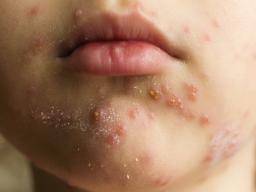
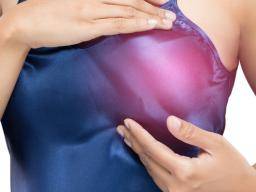

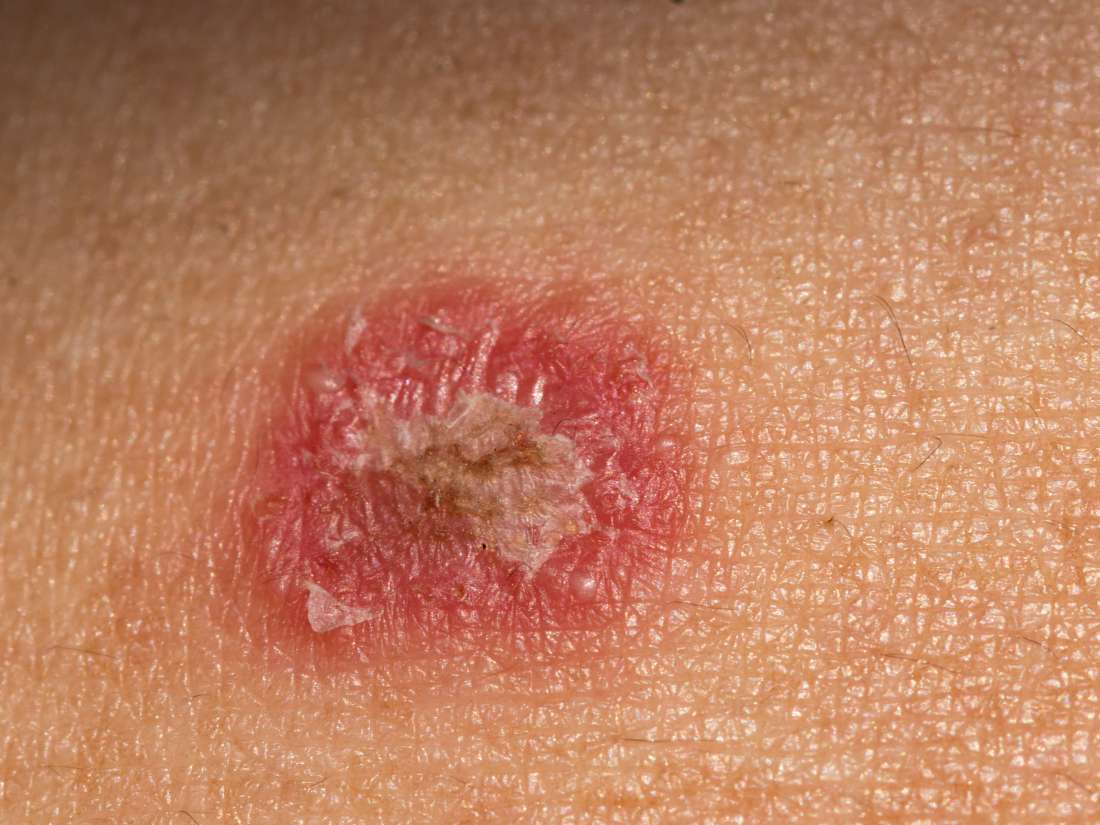
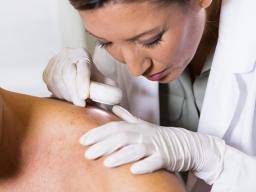
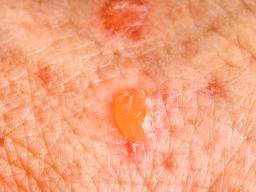


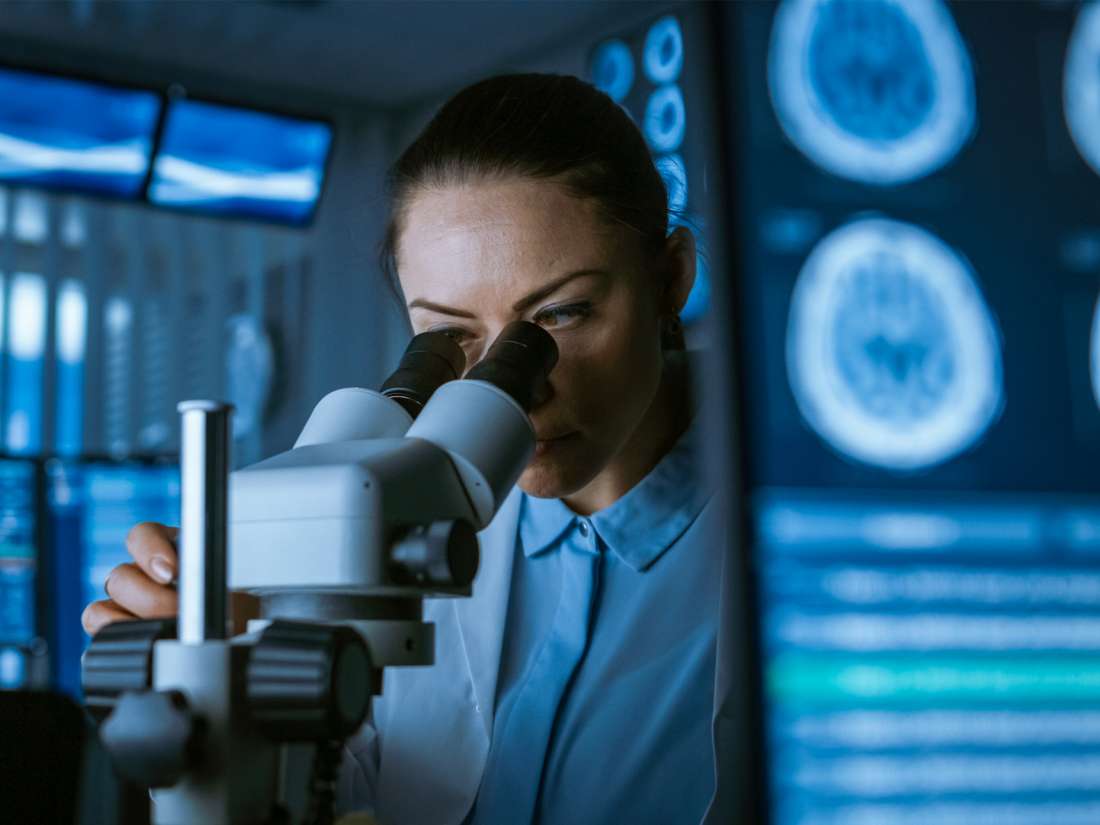
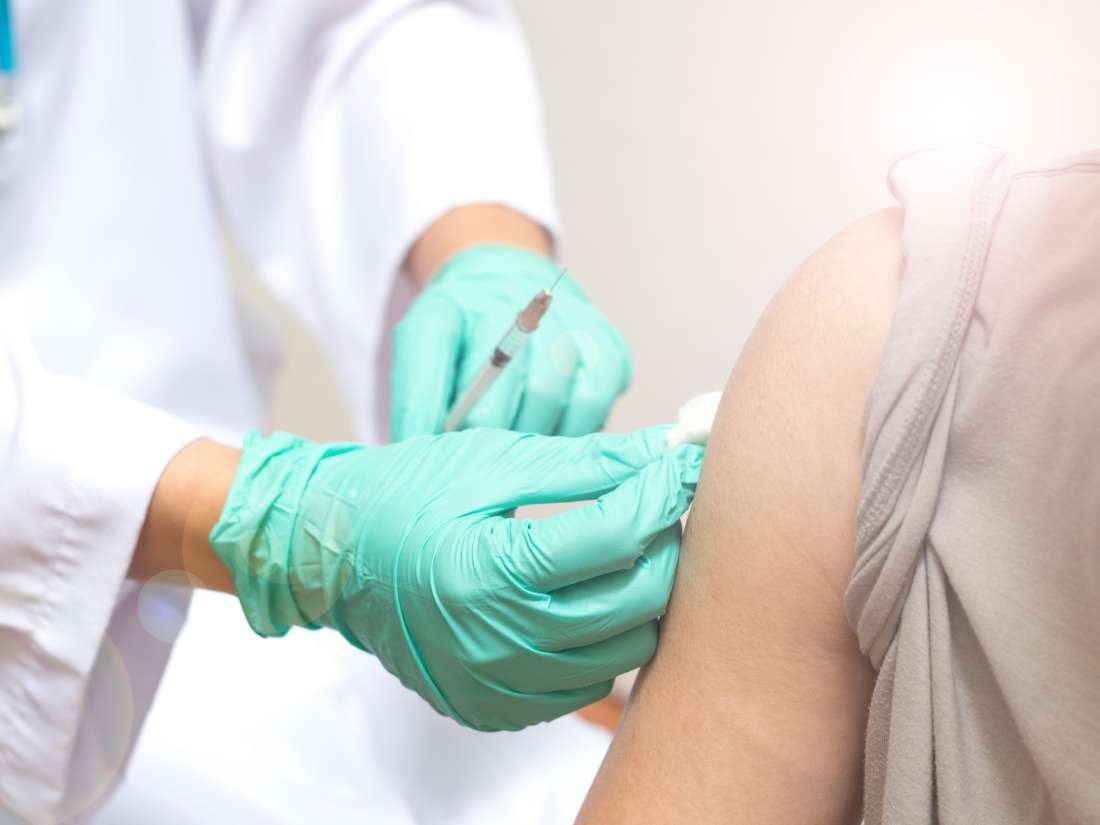




No comments:
Post a Comment
Dear Reader, We Appreciate Your Comments#They Keep Us Moving